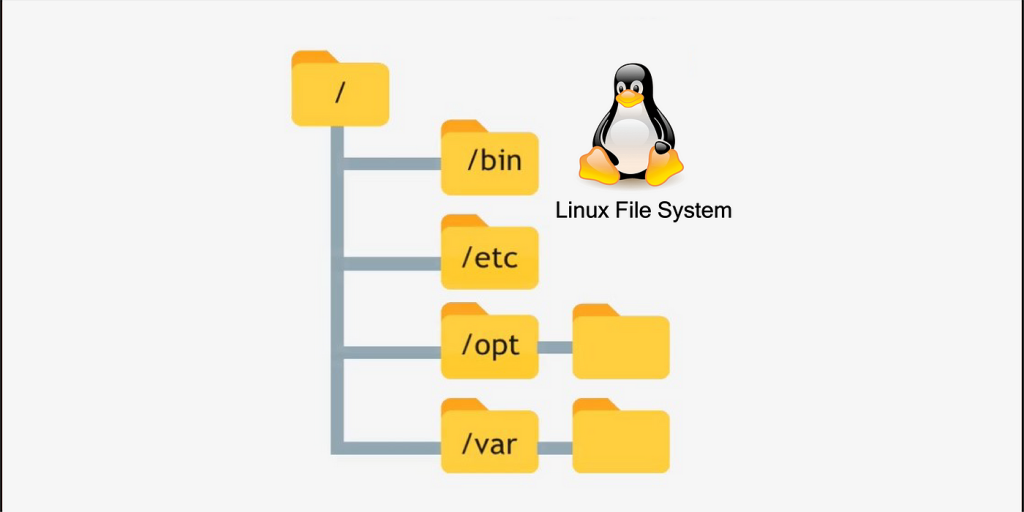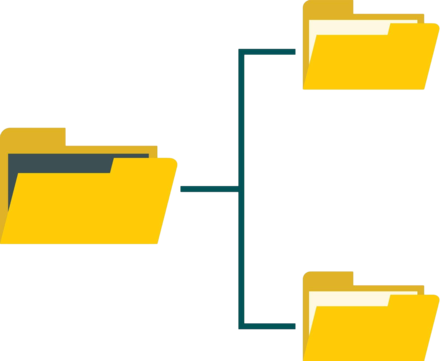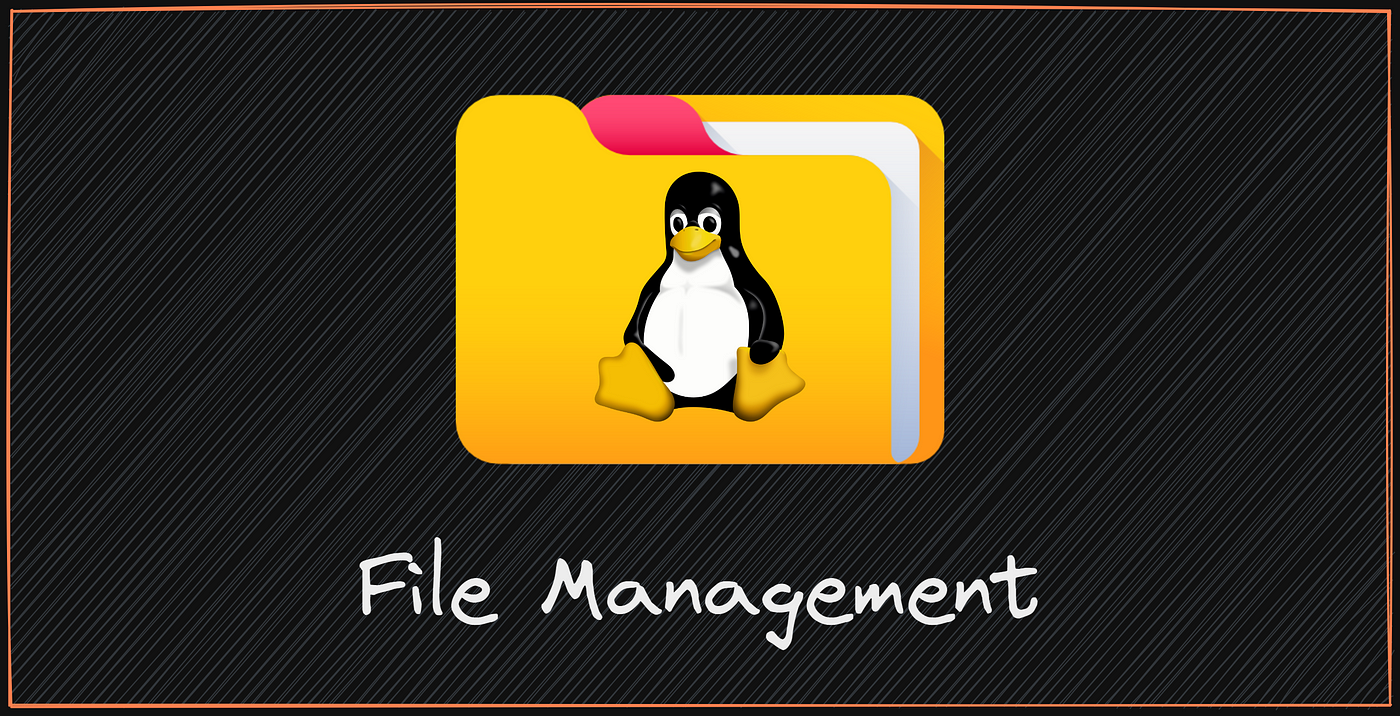File and directory management is fundamental for navigating and organizing data on a Linux system. Here’s a list of essential commands used to handle files and directories efficiently:
Understanding file and directory management commands in Linux starts with grasping their purpose and syntax. These commands allow users to navigate, organize, and manage the filesystem effectively. With consistent practice and exploration of command options, anyone can master them.
Linux offers powerful commands to manage files and directories efficiently. These commands are essential for navigating the filesystem, creating or deleting files and directories, and organizing your data. Mastering them improves productivity and streamlines workflows in any Linux environment.
The ls command lists directory contents, with options like -l for detailed output or -a to include hidden files. cd helps change the current directory, while pwd displays the present working directory.
For organizing data, mkdir creates new directories, and rmdir removes empty ones. To manage files, touch creates new files or updates timestamps, cp copies files or directories, and mv moves or renames them. When cleaning up, rm removes files and directories, with -r enabling recursive deletion.
Let’s see the File and Directory commands:

ls
Lists the contents of a directory, showing files and subdirectories. Use options like -l for detailed information or -a to include hidden files.
ls # List contents in the current directory
ls -a # Include hidden files
ls -l # Long format with details like permissions and size
ls -lh # Human-readable file sizes
cd
Changes the current working directory. Use cd /path/to/directory to navigate or cd .. to move up one level.
cd /home/user/documents # Move to a specific directory
cd .. # Move to the parent directory
cd ~ # Move to the home directory
mkdir
Creates a new directory. Use mkdir directory_name to make a single directory or -p to create nested directories.
mkdir new_folder # Create a single directory
mkdir -p folder/subfolder # Create nested directories
rmdir
Removes an empty directory. For non-empty directories, use rm -r.
rm file.txt # Remove a file
rm -r directory_name/ # Remove a directory and its contents
rm -rf directory_name/ # Force delete without confirmation
mv
Moves or renames files and directories. Use mv source destination for moving or renaming.
mv file.txt new_file.txt # Rename a file
mv file.txt /path/to/directory # Move a file to another directory
cp
Copy files or directories.
cp index.html /var/www/html/backup/ # Copy index.html to the backup folder
find
Searches for files and directories based on a pattern. Use find /path -name "filename" to locate files.
find /path -name "filename"
touch
Creates an empty file or updates the timestamp of an existing file. Use touch file_name to create or modify a file.
touch newfile.txt
zip and unzip
- Description: Compresses files into a
.ziparchive or extracts them.
zip archive.zip file1 file2
unzip archive.zip
pwd
Prints the current working directory, helping you confirm where you are in the filesystem.
find
Searches for files and directories based on a pattern. Use find /path -name "filename" to locate files.
These commands are fundamental for navigating and managing files in a Linux environment.

To locate files, the find command is invaluable, searching based on patterns or attributes. Each of these commands supports various options, allowing precise control over operations. Whether you’re a beginner or an expert, understanding these commands is fundamental for efficient file and directory management in Linux. They form the building blocks for advanced tasks and scripting, making them a must-know for every Linux user.
